1. Aluminium
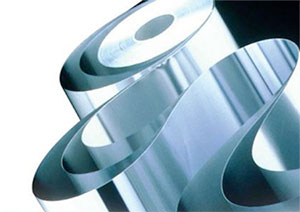
(Image source)
Aluminium is a lightweight metal. It is soft and highly malleable and has a silvery-white appearance. Aluminium is a low-density metal with high thermal and electrical conductivity, non-magnetic and corrosion-resistant. Aluminium sheets are used in a large variety of products that include kitchenware, electrical enclosure parts, heat sinks, electrical transmission lines, aerospace components, and many others. Pure aluminium by itself is not very strong. It is often used as an alloy. Alloys with copper, manganese, magnesium, and silicon are lightweight and strong. They are preferred materials in the transportation and aerospace industries.
Aluminium is a good electrical conductor and is much used in electrical transmission lines. It is cheaper than copper weight-to-weight basis but acts as a much better conductor. Aluminium is used in vacuum metallization to give products high reflective coatings for both light and heat.
Aluminium – Foils to Sheets
Aluminium crystal structure has excellent plasticity, thus making it one of the best materials in metal forming industry.
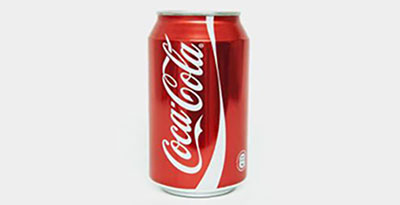 The A can weighs less than 15 gms. (Image source)
The A can weighs less than 15 gms. (Image source)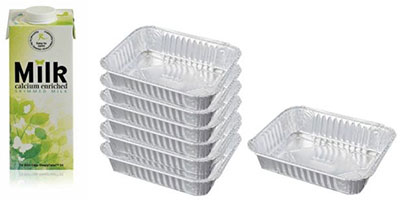 Micormeter Al foils in packaging.
Micormeter Al foils in packaging.
 A Stool made from 2 mm aluminium sheet, using embossing to strengthen the sheet.
A Stool made from 2 mm aluminium sheet, using embossing to strengthen the sheet.
Thin aluminium foils as small as 6 mm are sandwiched in the paper, and plastic substrates are used for liquid packaging. Aluminium alloyed with magnesium and manganese gives the foil exceptional strength. A typical 30 CL beverage can weigh less than 15 grams. 0.3 mm thick aluminium sheets are used as lithographic plates with high strength, thermal stability, and fatigue resistance.
Physical and mechanical properties, when thoroughly understood and explored, aluminium offers interesting ways of working to the designer like no other material. Sheets as small as 2 mm or 3 mm, are used because of their plastic property, are explored to new innovative product developments.
Grades of Aluminium Sheets and Plates
Aluminium sheets are classified by series numbers and temper hardness.
Hrepresents a degree of hardening. Ranging from H1 to H9
T representing a type of tempering ranging from T1 to T10
XXXX A four-digit series number ranging from 1000 to 8000 representing purity, 1000 being the purest.
Grade 1100-H14 is commercially pure aluminium, highly chemical, and weather resistant. It is ductile enough for deep drawing and weldable but has low strength. It is commonly used in chemical processing equipment, light reflectors, and jewelry.
Grade 3003-H14 is stronger than 1100 while maintaining the same formability and low cost. It is corrosion-resistant and weldable. It is often used in stampings, spun and drawn parts, mailboxes, cabinets, tanks, and fan blades.
Grade 5052-H32 is much stronger than 3003 while still maintaining good formability. It maintains high corrosion resistance and weldability. Common applications include electronic chassis, tanks, and pressure vessels.
Grade 6061-T6 is a common heat-treated structural aluminium alloy. It is weldable, corrosion-resistant, and stronger than 5052, but not as formable. It loses some of its strength when welded.[5] It is used in modern aircraft structures.
(Wikipedia)
Aluminium Plates
Plain Sheets
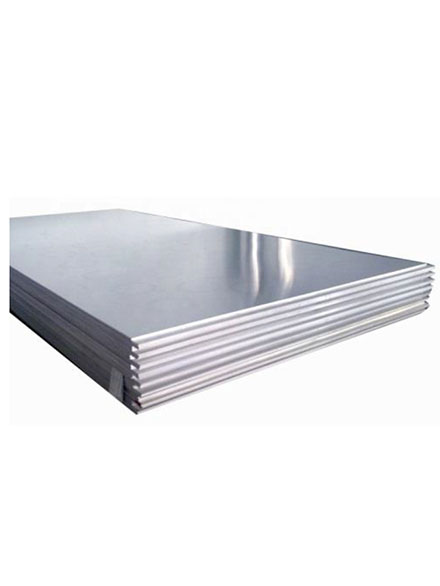 The A can weighs less than 15 gms. (Image source)
The A can weighs less than 15 gms. (Image source)Being a non-corrosive material, aluminium plates are ideally suited for outdoor wall paneling, cladding works. The rigidity and the fixing methods depend upon the thickness of the sheet.
Aluminium plates as Flats are used as Busbars for electrical conductivity purposes.
 Countersunk riveting for panelling.
Countersunk riveting for panelling. Reliable “Earthing/Grounding “connection in a metal plate. (Image source)
Reliable “Earthing/Grounding “connection in a metal plate. (Image source)Chequered Sheets
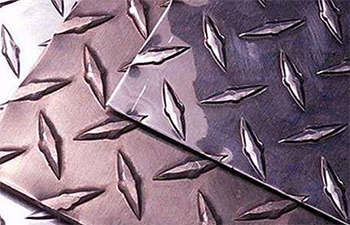 Reliable “Earthing/Grounding “connection in a metal plate. (Image source)
Reliable “Earthing/Grounding “connection in a metal plate. (Image source)Chequered sheets are used mainly as a flooring material because of their rigidity requiring fewer support structures underneath. As a flooring material, they are skid-proof and require less maintenance. They are also used as skirting panels, wall panels, and corner panels.
| Available Sizes of Aluminium Sheets | ||
| Typical 5053 H32 H34 | ||
| WIDTH mm | TH mm | LENGTH mm |
| 900, 1200 | 0.7, 0.9, 1.2, 2.0, 3.0, 4.0, 5.0, 6.0, 9.0, 10.0, 12.0 |
2400 |
A quick reference chart for a few aluminium grades
metalsupermarkets.com
| GRADE | SUB | WELDABILITY | STRENGTH | FORMABILITY | MACHINABILITY | ||||||||
| GRADE | EXCELL ENT |
GOOD | POOR | EXCELLENT | GOOD | POOR | EXCELL ENT |
GOOD | POOR | EXCELL ENT |
GOOD | POOR | |
| 1100 |  |
 |
 |
||||||||||
| 2011 |  |
 |
 |
 |
|||||||||
| 2024 |  |
 |
|||||||||||
| 3003 |  |
 |
|||||||||||
| 5052 |  |
 |
|||||||||||
| 6061 |  |
 |
|||||||||||
| 6063 |  |
 |
 |
||||||||||
| 7075 |  |
||||||||||||
Duralumin
Duralumin possesses much higher strength than ordinary aluminium. Duralumin alloy consists of aluminium, copper, magnesium, manganese, and Zinc. Duralumin is a preferred material in aircraft body construction. It is also used in the construction of train coaches, pipelines, shipbuilding.
Pre-Coated Aluminium Sheets
In the case of pre-coated aluminium sheets, the coating material is different from that of CRCA sheets. Poly Vinyl Chloride (PVC) coating is what is given, which is highly durable.
(Image source)
Aluminium Composite Panels
Aluminium Composite Panels are essentially sandwich panels. They are made of three layers: a low-density core and thin skin aluminium layers bonded to each side. Sandwich panels are used in applications where a combination of good structural rigidity and low weight is required. This results in increasing bending stiffness, with considerable weight reduction. The core may be a honeycomb or a solid filling.
The main advantages of sandwich panels are thermal resistance and acoustic insulation, besides acting as attractive cladding materials.
| Available Sizes of ACP | ||
| WIDTH mm | TH mm | LENGTH Mts |
| 1220,1550,1800 | 1.0 to 6.0 | 6000 |
Aluminium Anodised Sheets
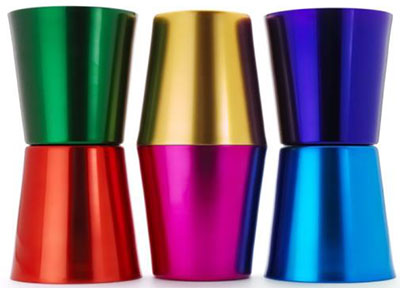
(Image source)
Aluminium sheets also come as pre-anodized in different colours and finishes.
Anodising is the creation of aluminium oxide layer on the surface of aluminium by way of an electrochemical process. The coating is hard but not scratch-resistant. Good precautions must be taken while fabricating the sheet from damages and scratches. Many attractive colours can also be obtained in this process; however, the colours fade faster than other surface finishing techniques.
2. Steel Vs Aluminium
Steel is generally cheaper (per Kg) than aluminium. For a given component, the aluminium part will cost more because of the increase in the raw material price.
Corrosion Resistance
Aluminium’s greatest advantage is that it is corrosion resistant without any further treatments because aluminium does not rust. Regular CRCA and HRCA sheets need to be given a protective coating against the formation of rust on the surface.
Strength and Malleability
Aluminium is more malleable and elastic than steel. Aluminium can create shapes that steel cannot, often forming deeper or more intricate parts. Especially for parts with deep and straight walls, aluminium is the material of choice. Steel is also ductile, but it has serious limitations when it comes to deep drawing or forming with respect to the formation of cracking and ruptures.
Strength and Weight
Despite being prone to corrosion, steel is harder than aluminium. Any grade of aluminium dent gets scratched more easily as compared to steel. The trade-off is strength vs. weight. Steel is 2.5 times denser than aluminium.


 A 0.3 mm Lithographic plate.
A 0.3 mm Lithographic plate.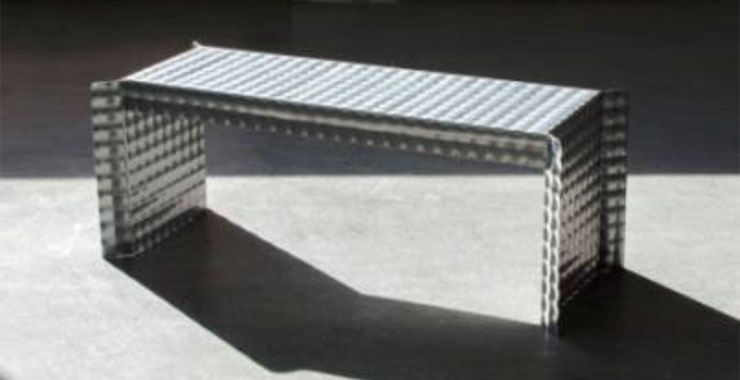 (Tim Tevi).
(Tim Tevi).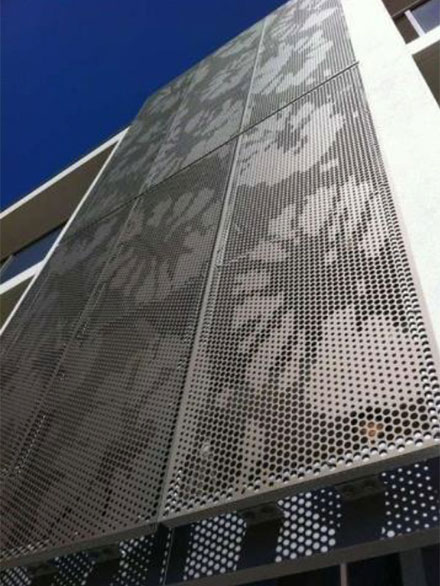 Micormeter Al foils in packaging.
Micormeter Al foils in packaging. A 0.3 mm Lithographic plate.
A 0.3 mm Lithographic plate. Countersunk riveting for panelling.
Countersunk riveting for panelling. Tread Plate.
Tread Plate.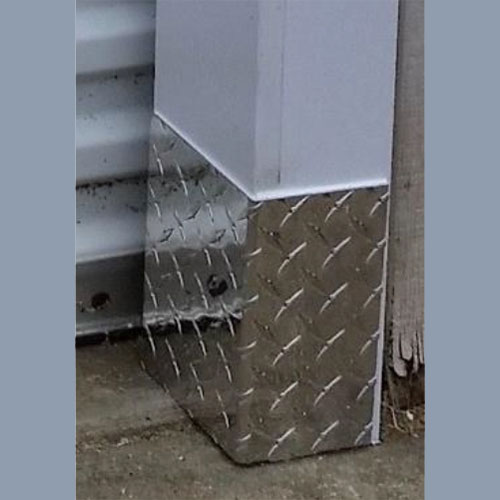 Guard Angle.
Guard Angle.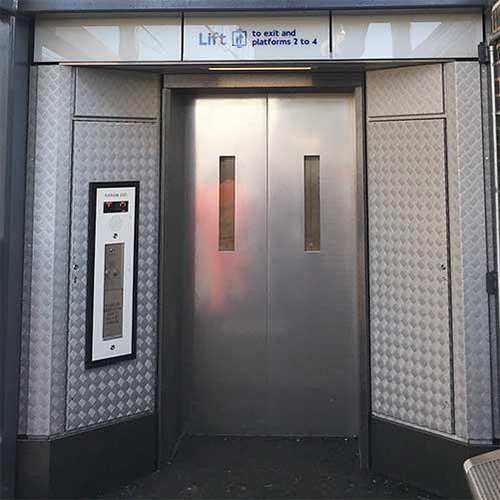 Wall Panel.
Wall Panel. Duralumin in airship body construction.
Duralumin in airship body construction. Duralumin in a dome construction.
Duralumin in a dome construction.
 Panel Structure of Sandwich.
Panel Structure of Sandwich.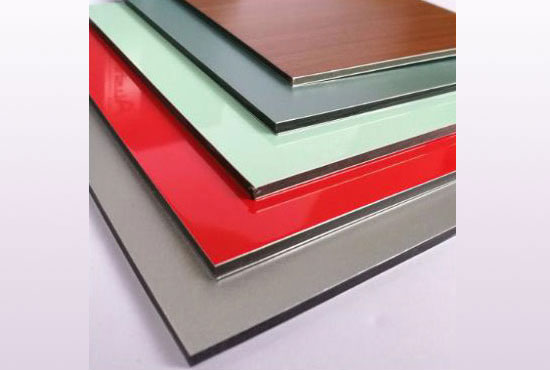 ACP Sheets.
ACP Sheets.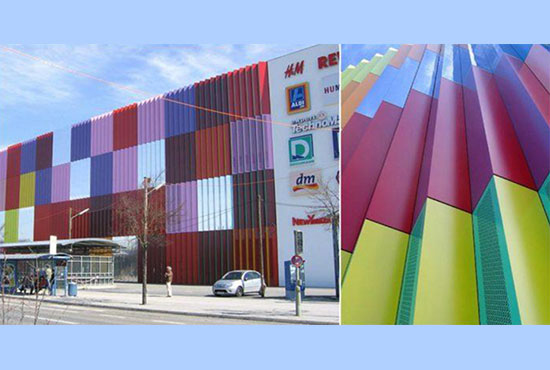 (
( ACP installations using standard fixtures.
ACP installations using standard fixtures. (
(